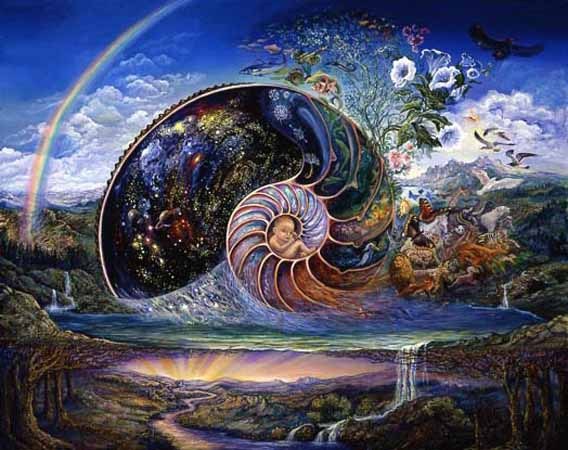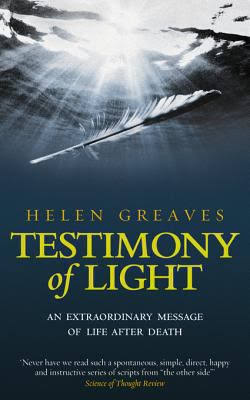From Before to Beyond: exploring the soul’s journey
Life is getting more changeable for most of us. Many of us these days have to face mortality more directly: perhaps because of our own health, or the passing of a friend or family member. Sufi teachings and other traditions urge us to face our dying to enrich our living: by getting through fears and … Read more





